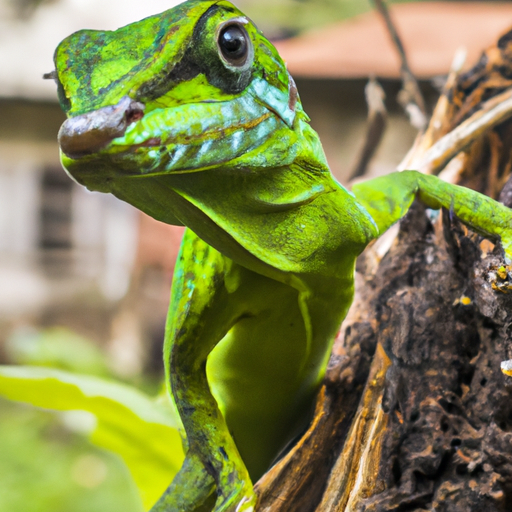 Introduction:
Introduction:
Beauty has captivated humans since time immemorial, inspiring art, poetry, and countless philosophical debates. But can animals appreciate beauty? This question has intrigued scientists and animal enthusiasts alike, prompting extensive research into the aesthetic sensibilities of various species. While traditional beliefs suggest that animals are driven solely by instinct and survival, emerging evidence challenges this notion, revealing that animals possess a rich and nuanced capacity to appreciate beauty in their surroundings. In this article, we delve into the intricate world of animal aesthetics, exploring the diverse manifestations of beauty appreciation across different species.
1. The Power of Visual Aesthetics:
Visual beauty plays a pivotal role in human aesthetic experiences, and it is no different for animals. Many creatures possess highly developed visual systems, allowing them to perceive and respond to their surroundings in remarkable ways. From the stunning plumage of birds to the vibrant colors of underwater ecosystems, animals demonstrate an inherent appreciation for the visual richness of their environment. This appreciation often serves vital functions such as courtship, warning signals, or camouflage, but it also transcends mere utility.
2. Auditory Euphony:
Beyond visual aesthetics, animals also exhibit an appreciation for auditory beauty. The melodious songs of birds, the haunting calls of whales, and the rhythmic drumming of woodpeckers all serve as examples of animals actively engaging in the appreciation of sound. These auditory expressions not only facilitate communication but also evoke emotional responses and create a sense of beauty within the animal kingdom.
3. Olfactory Fascination:
While humans may overlook the importance of scent in their daily lives, animals rely heavily on olfactory cues for survival and reproduction. However, it is not merely the functional aspect of scent that captivates animals; they also display an appreciation for the fragrant allure of flowers, the musky scent of potential mates, and the distinct aromas of their environment. This olfactory appreciation reflects a deeper connection between animals and their surroundings, highlighting their profound capacity to appreciate the beauty of scents.
4. Tactile Sensitivity:
The sense of touch, often underestimated in its role for aesthetic appreciation, also plays a significant role in the animal kingdom. From the gentle caress of a mother’s tongue grooming her young to the intricate dance of mating rituals, animals utilize tactile interactions to communicate, bond, and express beauty. The delicate brush of butterfly wings, the rough texture of tree bark, or the softness of a fur coat all contribute to the multifaceted sensory experience of animals.
5. Behavioral Artistry:
Beyond sensory appreciation, animals exhibit behaviors that can be considered artistic in nature. The intricate construction of bird nests, the mesmerizing dances of courtship rituals, and the elaborate displays of fireflies are all examples of animals engaging in behaviors that transcend mere survival. These artistic expressions highlight the presence of beauty appreciation in animals as they go beyond functional necessities to create and communicate through their actions.
6. Emotional Intelligence and Empathy:
The ability to appreciate beauty is closely intertwined with emotional intelligence and empathy, traits often attributed solely to humans. However, research has demonstrated that animals, too, possess emotional depth and the capacity to empathize with others. The mourning rituals of elephants, the cooperative hunting strategies of wolves, and the altruistic behaviors observed in many species underline the profound emotional connections and appreciation for the beauty of social bonds.
7. Cross-species Interactions:
Beauty appreciation is not confined to interactions within a species; animals also demonstrate an ability to appreciate the beauty of other species. Bumblebees’ attraction to flowers, dolphins’ playful interactions with humans, and dogs’ companionship with humans all exemplify the cross-species aesthetic appreciation that exists in the animal world. Such interactions highlight the universality of beauty appreciation, transcending species boundaries.
Conclusion:
The notion that animals lack the capacity to appreciate beauty is increasingly being refuted by scientific discoveries. From visual aesthetics to auditory euphony, olfactory fascination, tactile sensitivity, and behavioral artistry, animals exhibit a diverse range of behaviors and responses that unequivocally point to their ability to appreciate beauty in the world around them. As we continue to unravel the depths of animal aesthetics, we gain a deeper understanding of the intricate tapestry of life and the interconnectedness between humans and the rest of the animal kingdom.
